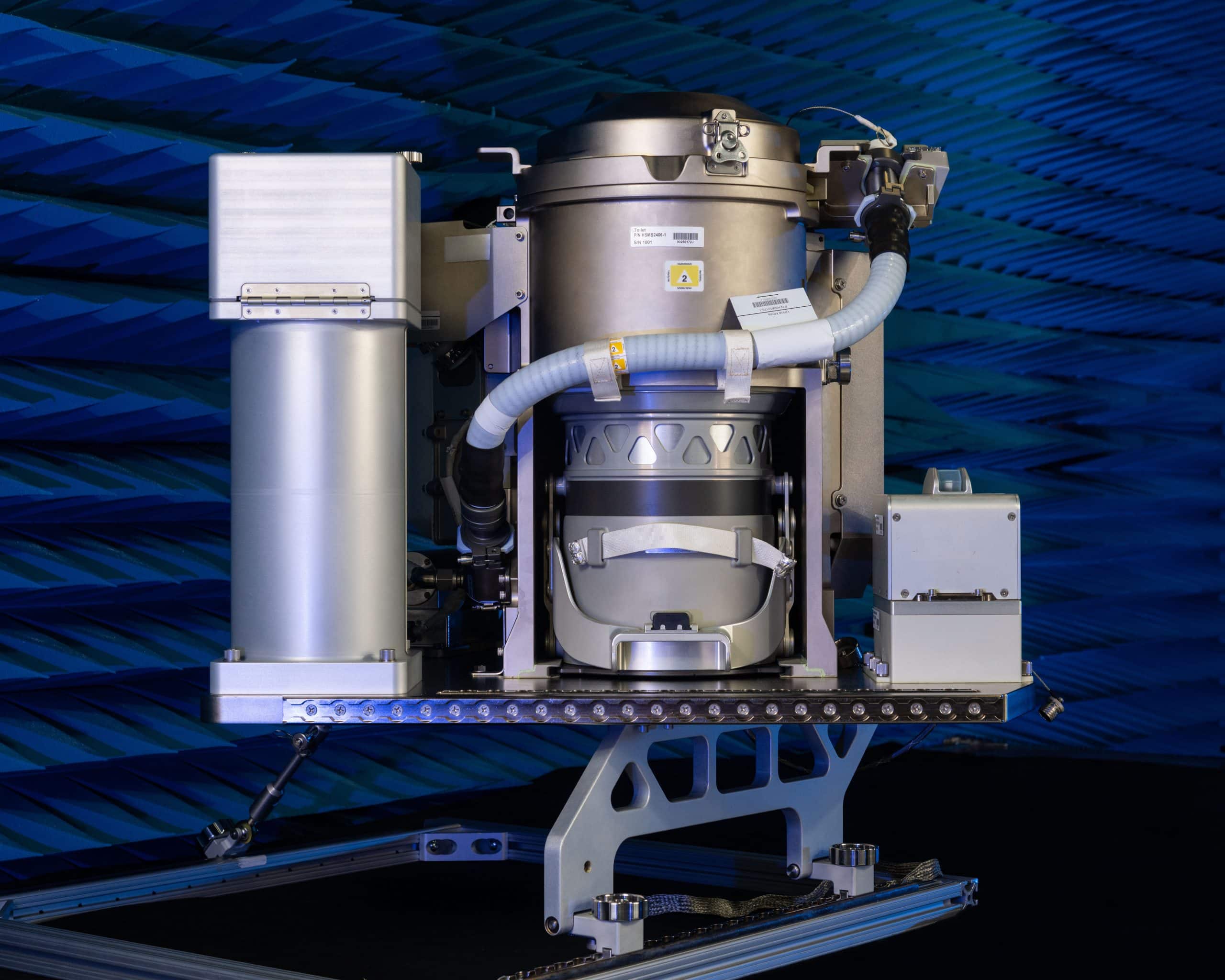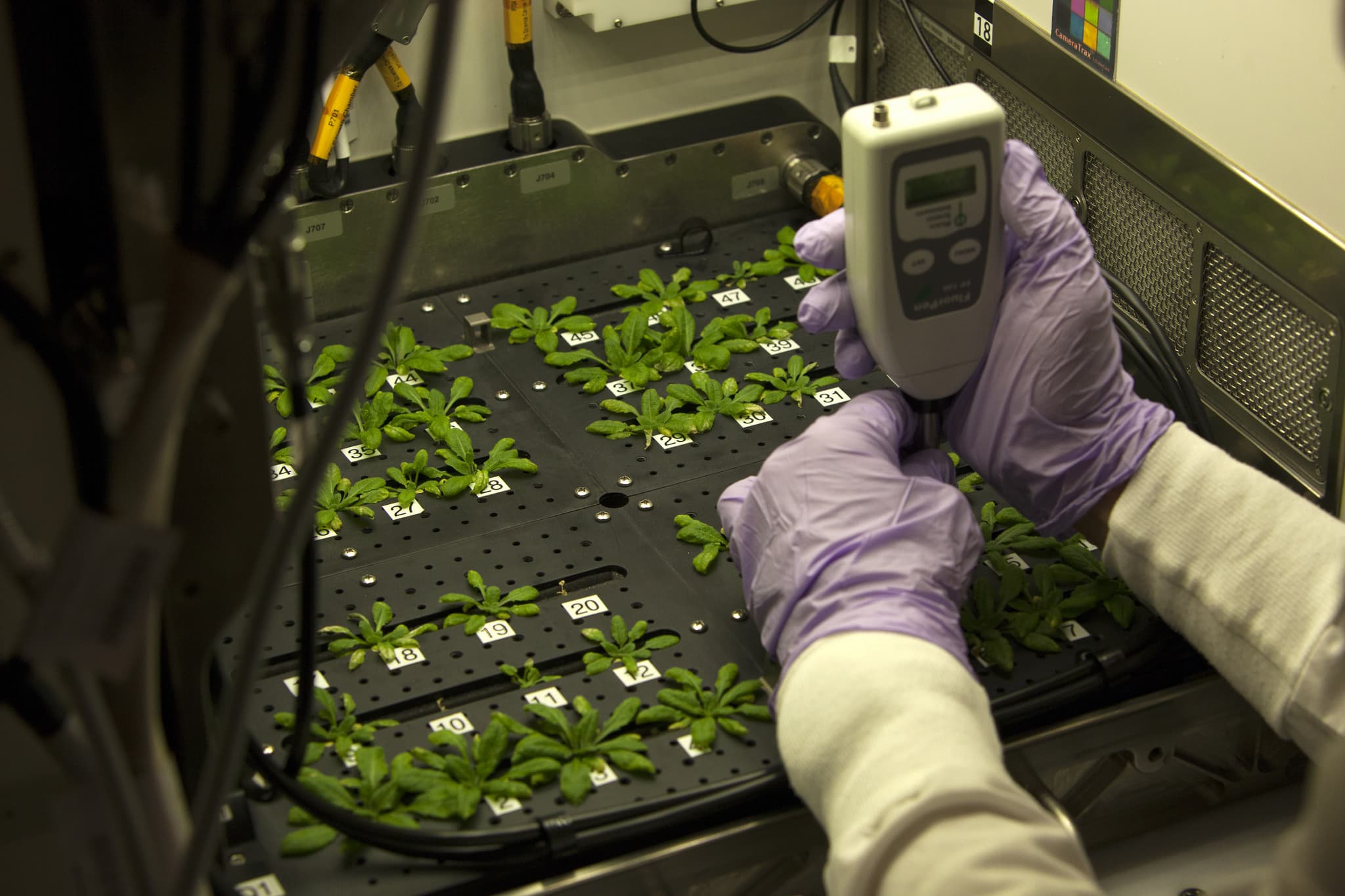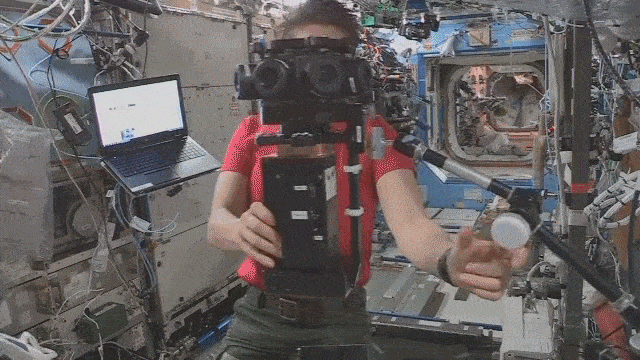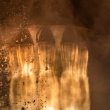Lift-off time(Subject to change) | October 3, 2020 – 01:16 UTC October 2, 2020 – 21:16 EDT |
|---|---|
Mission Name | NG-14, an orbital resupply mission to the International Space Station (ISS) |
Launch Provider
| Northrop Grumman Innovation Systems |
Customer
| NASA |
Rocket | Antares 230+ |
Launch Location | Launch Pad 0A, Wallops Island, Virginia, USA |
Payload mass | ~3,600 kg (~ 8,000 lb) |
Where are the satellites going? | Low Earth Orbit (LEO) (Initially about 400 km) Rendezvousing with the International Space Station (ISS) |
Will they be attempting to recover the first stage? | No this is not a capability of Northrop Grumman |
Where will the first stage land? | It will crash into the ocean off the coast of Virginia, USA |
Will they be attempting to recover the fairings? | No this is not a capability of Northrop Grumman |
Are these fairings new? | Yes |
This will be the: | – 13th launch of an Antares rocket – 8th launch of an Antares 230 series rocket – 3rd launch for Northrop Grumman this year |
Where to watch | NASA Livestream |
What’s all this mean?
Lifting off on September 30 at 02:27 UTC, Northrop Gumman’s Antares 230+ will carry the Cygnus spacecraft into Low Earth Orbit (LEO). As part of the Commercial Resupply Services (CRS), Cygnus will carry nearly 3,600 kg (~ 8,000 lb) of science experiments, crew supplies and hardware to the ISS. The crew of Expedition 63 will catch and Mission Control will berth the Cygnus spacecraft on October 3 on the bottom of the Unity module.
The Payload
This launch will mark Northrop Gumman’s 14th ISS resupply mission. On board will be a variety of research experiments, hardware and crew supplies such as clothing or food. Overall, Cygnus will carry around 3,600 kg (~ 8,000 lb) of cargo. The following is only a selection of more than 20 payloads that will hitch a ride up to the ISS.

Onco-Selectors
Onco-Selectors is an experiment that aims to identify drugs, based on onco selective messanger ribonucleic acids (mRNA), that work in microgravity, as well as on Earth’s surface. Onco selective drugs can tell cancer cells from healthy cells. The researchers see this experiment as a stress test for the drug candidates to identify promising candidates for safer, more effective and affordable medicines to treat leukemia.
Universal Waste Management System (UWMS) – Space Toilet
The Universal Waste Management System (UWMS) aims to further improve the understanding of the way we “go” in space for future Moon and Mars missions. It also comes with a list of improvements over the currently used toilet on the ISS. Due to the compact design and the advanced materials used on the toilet, it is 65% smaller and 40% lighter than the current design used by astronauts. It will be installed adjecent to the currently installed toilet and used concurrently. The UMWS will improve the sanitary facility situation with respect to the possible expansion of crew members in future missions.

Space radish
Researchers aim to grow radish in the advanced plant habitat on board of the ISS. Radish has already been grown on the ISS, but this time the advanced plant habitat allows researchers to grow a number of plants that allow them to statistically evaluate the results. The results will help to grow plants and food on missions to Mars and maybe beyond.

360° EVA camera
Felix & Paul Studios have developed a 360° camera for astronauts to use during EVAs (extravehicular activities). After two years of successful operation of the IVA camera, NASA and Felix & Paul Studios decided to send a slightly different camera for use outside of the ISS. The crew will use the Canadarm as a celestial crane to capture shots of the ISS, the crew and Earth. Felix & Paul Studios aim to create exceptional footage through their 360° camera and the immersive power of virtual reality. They also hope to send 360° cameras deeper into space in the future.

From Waste to Energy and Water
Researchers at the University of Puerto Rico are investigating the use of Ammonia Electrooxidation in microgravity. The mechanism converts urea from human urine to ammonia, which can then be used in an ammonia fuel cell to produce drinking water and energy. Future applications of an electrochemical ammonia removal system can be innovative water recovery systems that would support long-duration Moon and Mars missions.
The Antares 230+
The Antares 230+ is a two stage expendable rocket that can carry up to 8,000 kg (~17,600 lb) into Low Earth Orbit (LEO). With dimensions of 42.5 m (~139 ft) and 3.9 m (~13 ft), the Antares 230+ is about the same diameter and height as SpaceX’ Falcon 9 first stage. With two Russian RD-181 engines on the first stage, the rocket lifts off the pad with 3,844 kN (~864,000 lbf). Its first stage is propelled by Rocket Propellant 1 (RP-1) and liquid oxygen (LOX). The second stage on the other hand is a Castor-30XL solid rocket motor. Fuelled by hydroxyle-terminated polybutadiene (HTPB) and aluminum, it produces 474 kN (~107,000 lbf) of thrust.





